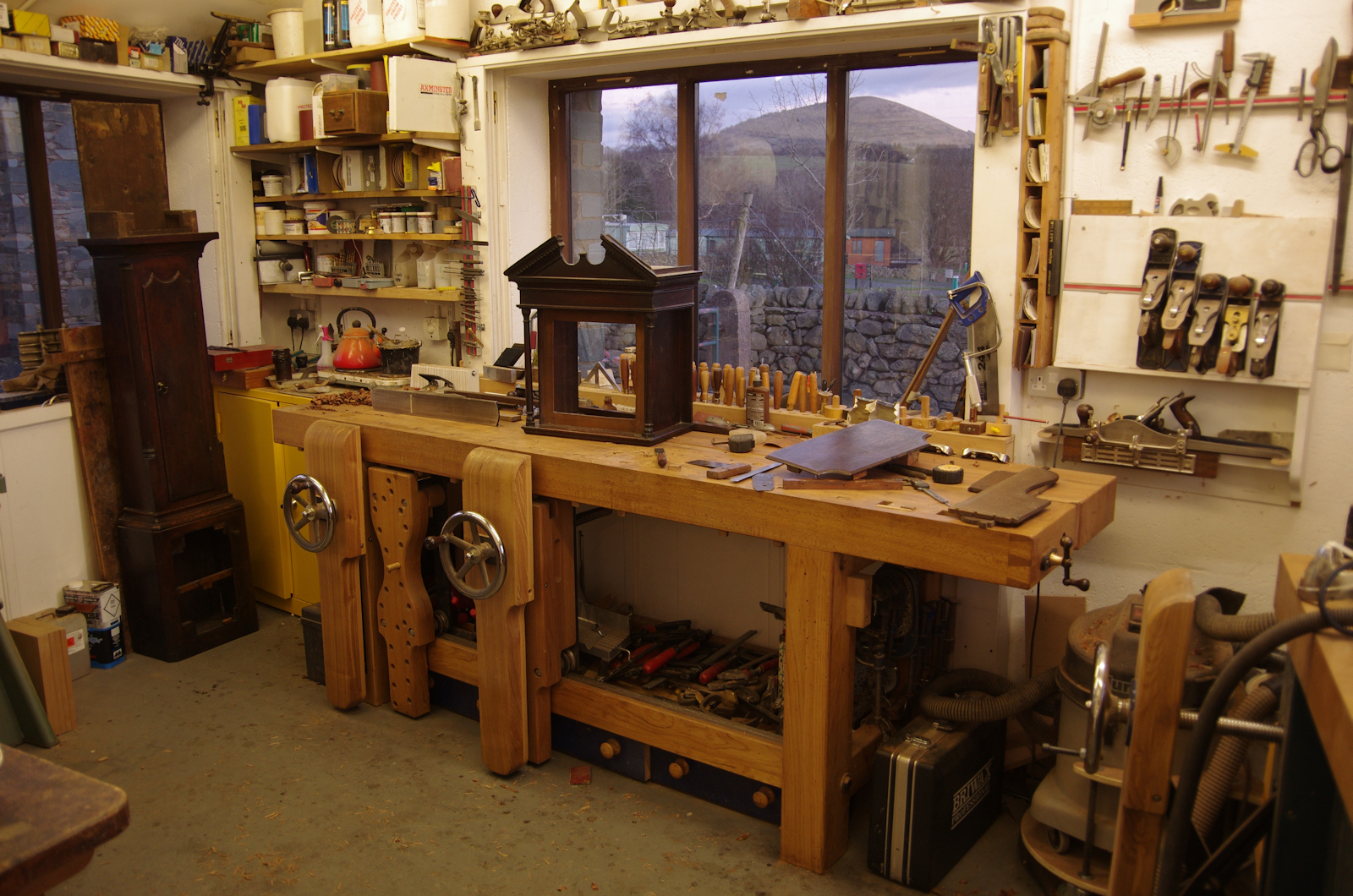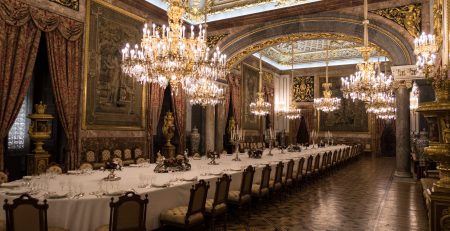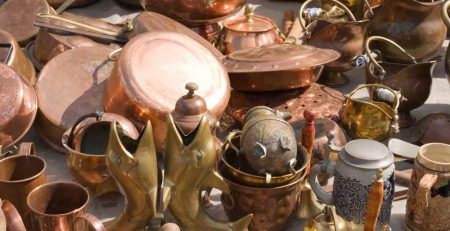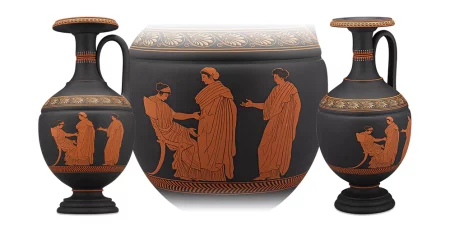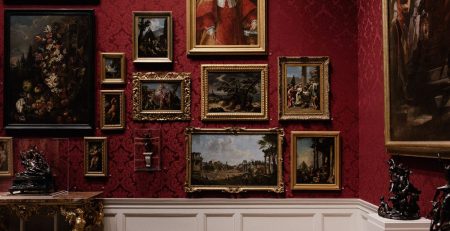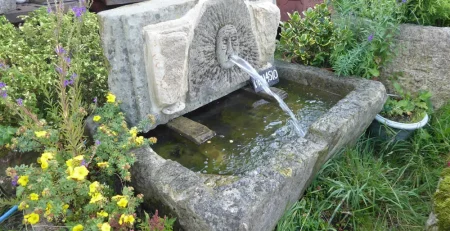Preserving the Past: The Importance and Artistry of Antique Restoration
Antiques hold a special place in our history and culture. They are more than just old objects; they are tangible links to our past, telling stories of bygone eras and the people who lived them. However, as time passes, these precious artifacts can deteriorate, losing their original beauty and charm. This is where antique restoration comes into play—a process that not only revives the splendor of these treasures but also preserves their historical significance. In this article, we explore the importance and artistry of antique restoration.
Antique restoration is a meticulous craft that requires a deep understanding of history, materials, and techniques. It involves the careful repair, cleaning, and conservation of antique items to bring them back to their original condition. Restorers undertake a delicate balance of preserving the authentic character of an antique while also addressing any damage or decay it has suffered over the years.
One of the primary reasons for restoring antiques is to ensure their longevity. By repairing and stabilizing damaged areas, restorers prevent further deterioration and safeguard these objects for future generations. Without restoration, many valuable antiques would be lost forever, disintegrating into dust or succumbing to irreversible damage. Through the skillful hands of restorers, these items are given a new lease on life, allowing us to appreciate and study them for years to come.
Beyond preservation, antique restoration also allows us to experience the artistry and craftsmanship of the past. Many antiques were created with exceptional attention to detail and mastery of various techniques. From intricate woodwork and delicate porcelain to intricate metalwork and exquisite textiles, these objects represent the pinnacle of skill and creativity from their respective time periods. Through restoration, these artistic elements are revealed, showcasing the beauty and ingenuity of the past.
Moreover, antique restoration provides valuable insights into historical and cultural contexts. Antiques often reflect the social, economic, and artistic trends of their era. They serve as visual records of a particular time and place, offering a glimpse into the lives and tastes of those who came before us. By meticulously restoring these objects, historians and researchers can study and interpret the past more accurately, enhancing our understanding of history and culture.
However, antique restoration is not without its challenges. Restorers must carefully balance the desire to preserve the original integrity of an object with the need to address any damage. Ethical considerations play a crucial role in restoration, with decisions made regarding the extent of intervention, choice of materials, and techniques used. It is essential to respect the historical value and authenticity of an antique while ensuring its stability and visual appeal.
Furthermore, antique restoration requires a wide range of specialized skills. Restorers must possess knowledge of different materials, including wood, metal, glass, ceramics, textiles, and more. They must be skilled in techniques such as wood carving, gilding, lacquering, and upholstery. Attention to detail, patience, and a keen eye for aesthetics are also vital attributes for a successful restorer.
In recent years, there has been a growing appreciation for the artistry of antique restoration. Many museums, collectors, and enthusiasts actively seek out skilled restorers to bring their valuable pieces back to life. The process is now seen as an art form in itself, with restorers celebrated for their ability to preserve history and revitalize objects with masterful craftsmanship.
In conclusion,
antique restoration plays a crucial role in preserving our past, protecting valuable artifacts, and providing us with a deeper understanding of history and culture. It is a delicate art form that requires expertise, skill, and a profound respect for the past. Through the hands of talented restorers, antiques regain their former glory, allowing us to marvel at the craftsmanship and stories they hold. By embracing and supporting the dedicated work of antique restoration, we ensure that the treasures of our collective heritage continue to inspire and educate future generations.
Moreover, the artistry of antique restoration extends beyond the restoration process itself. It fosters a deep appreciation for the craftsmanship and techniques employed by artisans of the past. Restorers often study historical methods and materials, immersing themselves in the traditions and practices that shaped these magnificent pieces. Through their work, they not only revive the physical beauty of antiques but also revive ancient skills and knowledge that might otherwise be lost to time.
Antique restoration also serves as a reminder of the impermanence of material objects and the fragility of our shared history. It prompts us to reflect on the passage of time, the impact of human activity, and the importance of preservation. By witnessing the transformation of a worn and weathered artifact into a radiant piece of history, we gain a profound appreciation for the stories it carries and the hands that shaped it.
In a world that often values the new and disposable, antique restoration stands as a testament to the enduring value of craftsmanship and heritage. It encourages us to look beyond the surface and delve into the narratives woven into every crevice, every brushstroke, and every stitch. Each restored antique becomes a window into a bygone era, a tangible connection to our ancestors, and a source of inspiration for the future.
As we continue to recognize the importance and artistry of antique restoration, it is essential to support and celebrate the talented individuals dedicated to this noble craft. Museums, historical societies, and collectors should provide resources and opportunities for training and apprenticeships in restoration techniques. By nurturing the next generation of restorers, we ensure the preservation of our cultural heritage for years to come.
Antique restoration is a profound and necessary undertaking that honors our past, celebrates the ingenuity of our ancestors, and safeguards the beauty and significance of historical artifacts. It is an art form that requires both technical expertise and a deep respect for the stories embedded in each piece. Through restoration, we breathe new life into the treasures of the past, enabling us to cherish and learn from them in the present. By valuing and supporting antique restoration, we foster a deeper connection with our history and a lasting legacy for future generations.

